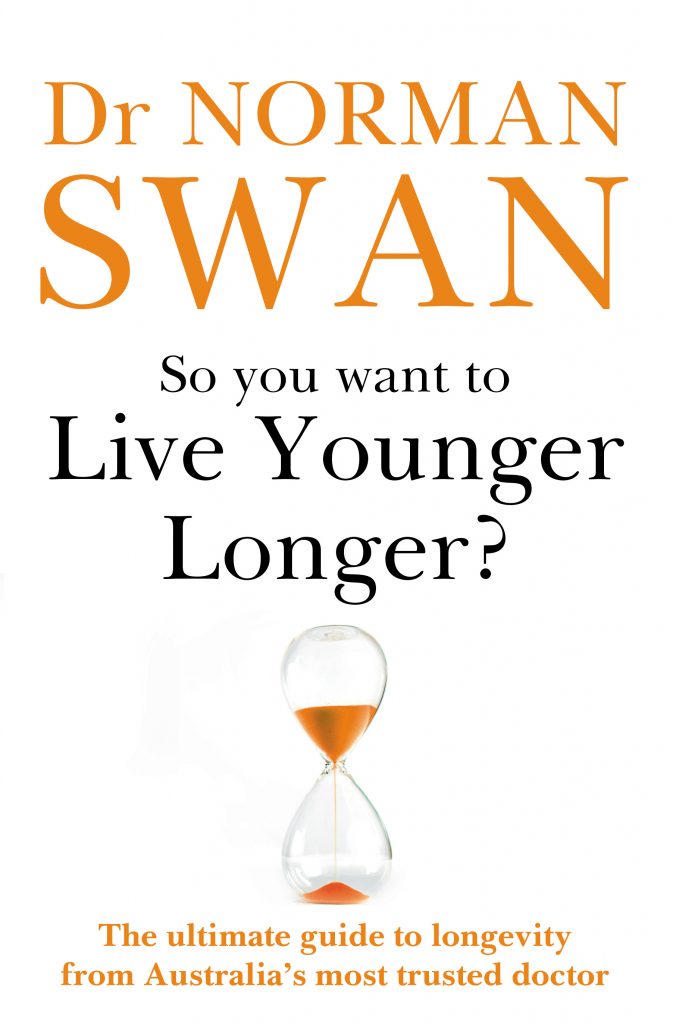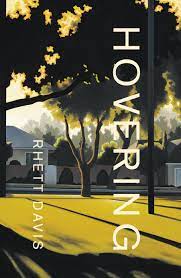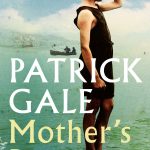Title: The Sorcerer of Pyongyang
Author: Marcel Theroux
Publisher: Corsair/Hachette 2022; RRP $32.99
The main themes of The Sorcerer of Pyongyang are North Korean political, cultural, economic and social life as it is today, and Dungeons and Dragons (D&D), self-styled on its official site as the ‘’world’s greatest roleplaying game’.
Jun-su, the main character, and those around him are fictional characters depicting North Korean people today, but details of their lives are not. North Korea is real, as is D&D.
Author Marcel Theroux has won a Somerset Maugham Award and the Joseph Campbell Award. His Far North made him a finalist for US National Book Award and the Arthur C Clarke Award, and won him the Prix de I’Inapercu. Theroux has published six novels, and is also a screen writer and broadcaster – including presenting The End of the World as We Know It documentary.
The line between fiction and fact is delicately balanced in this work. The non-fictional aspect revolves around everyday life as a citizen of North Korean today, and how and why it came to be the way it is. The fictional element involves the game of D&D with its rules and the fantastic worlds in which players play roles in imaginary situations chosen by a throw of the dice. The two themes would seem galaxies apart. The author managed this incongruous combination though initially it did require an openness to the concept of a willing suspension of disbelief in order to make the game’s presence in North Korea believable. Less suspension, however, than required for us to believe in aliens or happy ever after.
A carefully orchestrated series of errors and hesitation results in a copy of the D&D core rule book being left behind by a family who are part of a closely monitored delegation of visiting academics and trade unionists. The book, with a sword-wielding troll and a semi-naked on the front cover, passes through a number of hands to a hotel staff member who takes it home and throws it in a closet.
This occurs despite its presence in a country with rigidly enforced moral standards and a wholesale acceptance of a totalitarian regime that condemned what it perceived as Western degeneracy.
The manual is found by Jun-su, on an enforced stay from school while suffering rheumatic fever. He is treated by his teacher, who he calls Teacher Kang, and who is also an expert in the practice of acupuncture. Jun-su shows Teacher Kang the manual and begs him to help him decipher its strange contents. They manage to translate what it contains and learn how to play the game, becoming addicted in the process. Jun-su is fascinated particularly by how it allows choice, something non-existent in their lives. Aware of this, Teacher Kang renames it ‘The House of Possibilities’.
Jun-su continues to play D&D regularly with Teacher Kang and then later his friends, from late childhood though to his early 30s within the background of his everyday life. School, work, food, living arrangements, social gatherings, personal worries and self-doubts, his first love, a growing love of writing and success as a poet, health issues – all usual parts of growing up except set within a social, political and economic regime totally alien to the average Western reader. But also one which he and all those around him accept as perfectly normal, and more, one in which they feel blessed and protected.
This belief, expertly conveyed, is steadfast, unwavering in the face of such experiences as students being required to watch the public execution of one of their teachers under the orders of the Supreme Commander of Korea, their ‘Dear Leader’ Kim Jong-un. A regime where citizens can be imprisoned simply for accidentally dropping a portrait of the Dear Leader, where kin punishment is the law meaning punishment for a crime is extended to the entire family, including children born in prison. Where friends and family and colleagues are encouraged to spy on one another, and government control invades all facets of life down to a limited list of prescribed hairstyles. One where years of famine resulting in the death of hundreds of thousands is referred to as the Arduous March North because to admit to suffering is an implied insult to the government.
An impressive achievement of this work is the way the story unfolds over the years without question or doubt that this is the best possible world. At no stage do North Korean characters lose faith. Kim is their noble and beloved leader, whose mere appearance evokes a hysterical and tearful joy. It is a wonderful balancing act, Jun-su’s loyalty and unwavering devotion in the background while simultaneously continuing to play the forbidden game. This prevents the narrative from sinking under the weight of its non-fictional elements and introduces something approaching normalcy in the depiction of their lives.
I would recommend this to anyone interested in North Korea. It is an entertaining, albeit chilling, introduction and encourages further interrogation of North Korea today. Those interested in the role a game can play in real life, as all art can, might also find it an interesting take.
In conclusion, I would like to quote the following sentence where a teenage Jun-su says goodnight to a friend after a night out. It contains, it seemed to me, the kernel of the book as a whole.
Against the black of the lightless city, the bus looked like a tank of fish, lit from within, as it receded into the night.
the sorcerer of pyongyang, p.83
Suggesting souls kept in darkness in a city that, in real life, remains unlit at night.
Reviewed by: Rhonda Cotsell
Ballarat Writers Inc. Book Review Group
Review copy provided by the publisher









